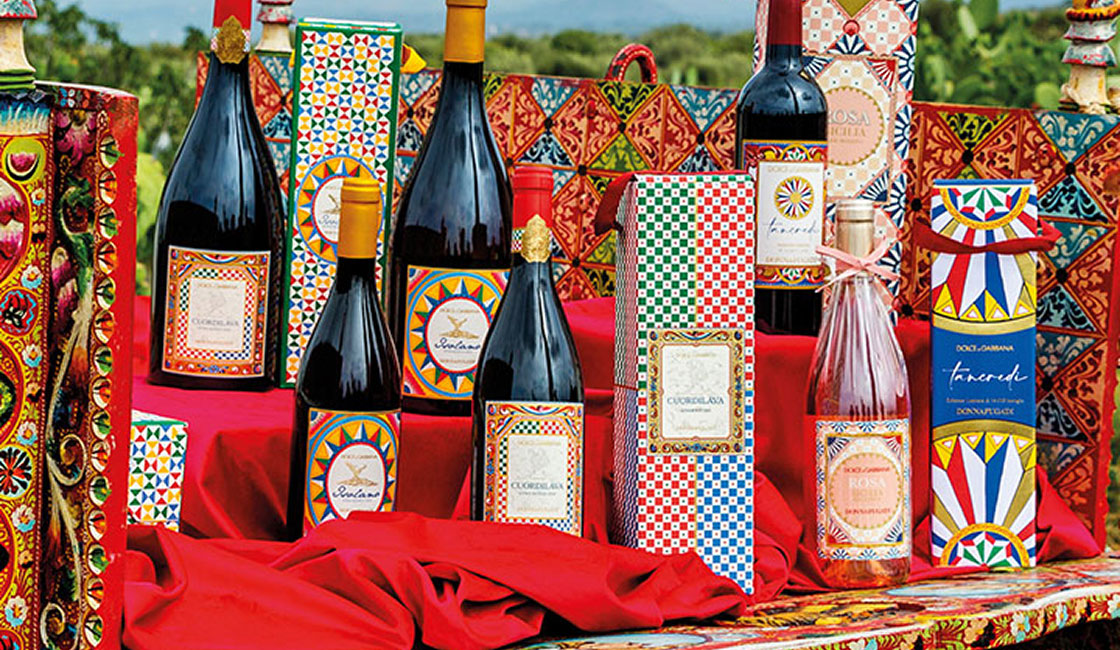When Architecture, Experience, and Wine Become One: The Winery as an Art Space
A well-designed wine label can already be a work of art. But what happens when the entire winery becomes a gallery? More and more winemakers are staging their wineries as places where wine isn’t just produced – it’s experienced. Architecture, sculpture, light installations, sound art – the modern winery is no longer just a workshop, but a total work of art.
The Icons: Wineries as Total Works of Art
Anyone who’s ever visited the Antinori nel Chianti Classico estate in Tuscany won’t soon forget it. This spectacular hillside structure blends traditional and contemporary elements and seems to melt into the landscape. Almost invisible from the outside, as much of the building lies underground, its interior reveals a sunlit world of terracotta, wood, and glass. Grand spiral staircases twist through the space as if grown from the soil itself. Beams of light pour through striking openings. It’s an impressive place where wine, architecture, and art are choreographed into a sensual, holistic experience – a modern temple of pleasure.
Here, visitors experience wine and art in a play of light, time, and space – a contemplative and inspiring encounter.
Another masterpiece of wine, art, and architecture awaits visitors at Château La Coste, near Aix-en-Provence. What’s been created here is much more than a winery: spread across a vast estate are buildings by Tadao Ando, Jean Nouvel, and Frank O. Gehry, along with a sculpture park featuring more than 40 acclaimed artists from around the world. Each artwork engages in dialogue with nature – a steel spiral capturing the sky, a pavilion refracting light, a mirror reflecting the seasons. Guests experience wine and art in an ever-changing symphony of time, light, and landscape.
Between Barn and Spectacle: Architecture as a Winery’s Stage
The architecture of modern wineries has undergone a striking evolution over the past decades – from opulent replicas of European estates to avant-garde icons. In the 1980s and 1990s, Napa Valley became a hotspot of architectural experimentation: the colorful winey Clos Pegase, which was created by the postmodernist Michael Graves, the fantastical, organic Quixote Winery by Friedensreich Hundertwasser (1998), and the monumental Opus One Winery with its neoclassical colonnades (1990) were bold architectural statements – theatrical stages for wine.
With its minimal, function-driven design and rugged façade of basalt stones, the Dominus Winery in California’s Napa Valley, completed in 1997 by Swiss architects Herzog & de Meuron, marked a deliberate break from the postmodern playfulness around it – and became a model for many future projects across the globe.
While the 2000s continued to see spectacular wineries emerge in Provence, Italy, and Austria – often designed by star architects and staged as part of a broader tourism experience – the 2010s saw a growing shift back to simplicity, local materials, sustainable construction, and architectural restraint.
Between Gallery and Indulgence – When Wine Becomes an Experience
The Donnafugata winery in Sicily also brings wine and art together in immersive experiences. Every year on August 10th, during the “Calici di Stelle” event, the vineyards and cellars transform into a stage for music, dance, and light installations. This summer night of open wineries is a celebration of the senses – of the magical bond between people, nature, and culture. Donnafugata also supports literary prizes, archaeological excavations, and historical gardens – all as part of a holistic cultural philosophy.
Another perfect example of Italian synergy is the collaboration between Dolce & Gabbana and Donnafugata: two flagship brands united by their deep love for Sicily and an obsession with detail, resulting in a one-of-a-kind wine collection.

The Art of Staging the Winery
A winery’s design is more than decoration. It speaks to a sense of appreciation – for the wine, the place, the people. Through a thoughtful blend of aesthetics, tactility, and space, wine is elevated from product to cultural experience. And for many wine lovers, that’s precisely the essence: wine isn’t just about taste, it’s about the whole experience.Whether avant-garde, minimalist, or lovingly rooted in local traditions – the future of the winery lies in its uniqueness. Not volume, but memory. And perhaps that’s the highest compliment: when the place lingers in your memory as much as the wine. And if weeks later you still think of that one sip... then it was more than wine. It was art.
Seite bewerten
Welcome to wine.vino.wein – the wine lover’s magazine
In our magazine you will find editorial articles and information about wine. As we are committed to the responsible use of alcoholic beverages, the content is aimed exclusively at adults and you must be at least 18 years old to visit wine.vino.wein.